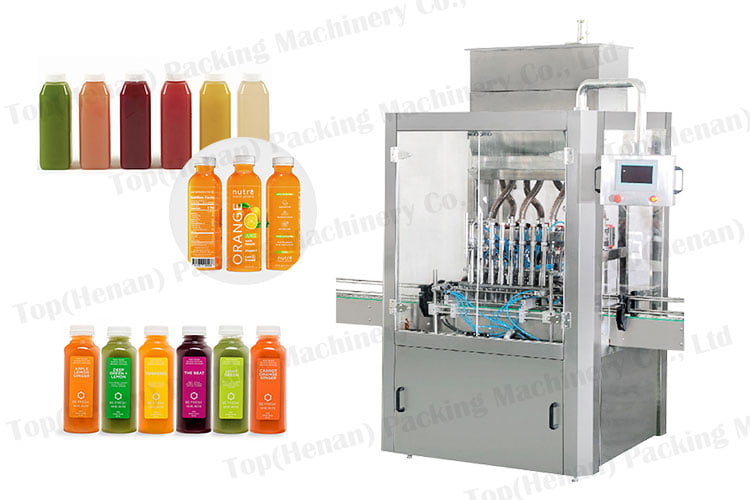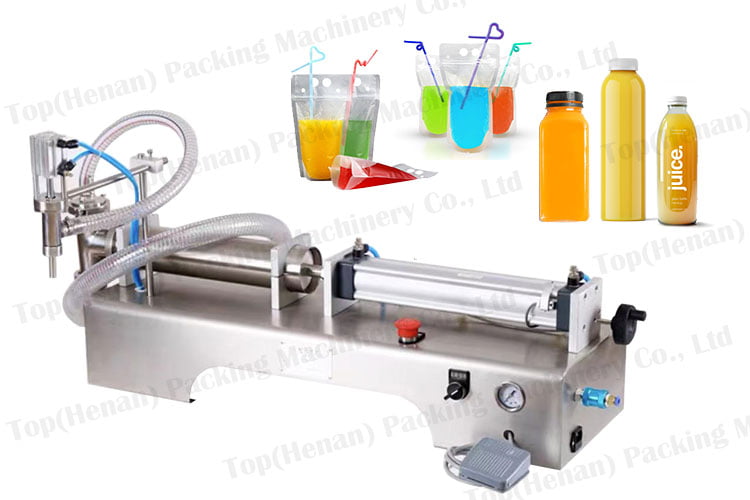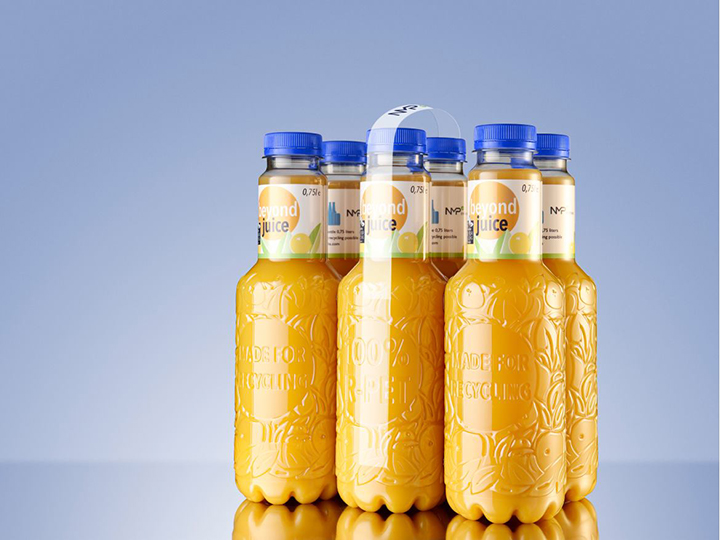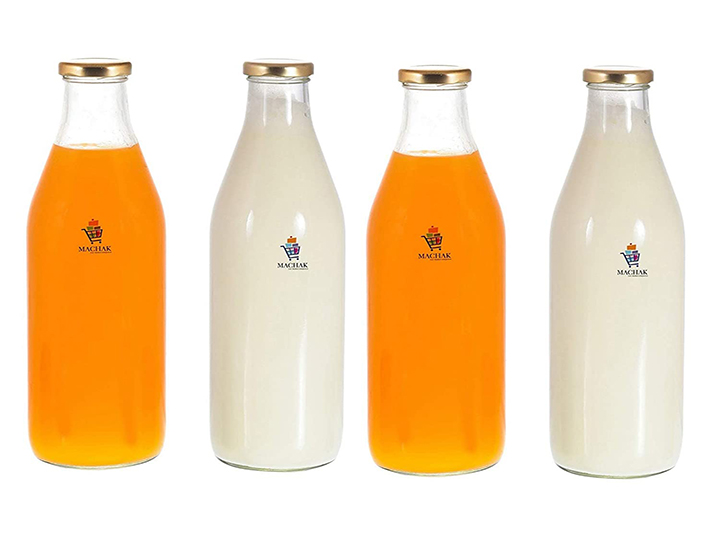Fruit juice packaging plays a crucial role in preserving the freshness and quality of juices while also enhancing their visual appeal. To meet the growing demand for conveniently packaged fruit juices, manufacturers rely on advanced fruit juice packaging machines. In this article, we will explore the different types of juice packaging and delve into the process of fresh juice packaging using fully automatic juice filling machines.

The Fresh Juice Packaging Process
Preparation
Before the juice is packaged, it undergoes a series of preparation steps. Fresh fruits are carefully selected, washed, and sorted to remove any damaged or inferior quality ones. They are then peeled, deseeded, and juiced using specialized equipment to extract the maximum amount of juice while retaining the natural flavors and nutrients.
Sterilization and Pasteurization
To ensure product safety and extend shelf life, the extracted juice is subjected to sterilization or pasteurization. Sterilization involves heating the juice at high temperatures to eliminate all microorganisms, while pasteurization involves heating at lower temperatures to kill harmful bacteria without significantly affecting the taste and nutritional value.
Filling and Sealing
The fully automatic juice filling machine plays a crucial role in this stage. The juice packaging machine is equipped with multiple filling heads that accurately measure and dispense the desired amount of juice into each packaging format. Whether it’s Tetra Pak cartons, plastic bottles, or glass bottles, the juice packaging machine ensures precise filling while maintaining hygiene standards. Once filled, the packages are sealed to prevent any contamination or leakage.
Labeling and Packaging
After sealing, the packages go through labeling and packaging processes. Labels provide vital information such as the product name, ingredients, nutritional facts, and manufacturing date. The labeled packages are then organized and packed into cartons or trays, ready for distribution and retail display.

Types of Juice Packaging
Tetra Pak Cartons
Tetra Pak cartons are widely used for fruit juice packaging. These cartons consist of layers of paperboard, aluminum foil, and polyethylene, offering excellent protection against light, oxygen, and external contaminants. The aseptic filling process ensures that the juice remains fresh and nutritious without the need for refrigeration.
Plastic Bottles
Plastic bottles are another popular choice for fruit juice packaging. They are lightweight, durable, and come in various sizes. High-density polyethylene (HDPE) and polyethylene terephthalate (PET) are commonly used plastics for juice bottles. Manufacturers often incorporate features such as tamper-evident caps and resealable closures to enhance convenience and product safety.

Glass Bottles
Although less common due to their weight and fragility, glass bottles offer a premium packaging option for fruit juices. Glass provides excellent barrier properties, preventing any interaction between the juice and the packaging material. It also preserves the taste and aroma of the juice, making it a preferred choice for premium and artisanal juice brands.

Conclusion
Fruit juice packaging machines have revolutionized the way juices are packaged, allowing manufacturers to offer a wide range of packaging options while maintaining the freshness and quality of the product. Whether it’s Tetra Pak cartons, plastic bottles, or glass bottles, each packaging type has its unique advantages. By following the fresh juice packaging process using fully automatic juice filling machines, manufacturers can meet the demands of consumers seeking convenience, quality, and delicious fruit juices.
